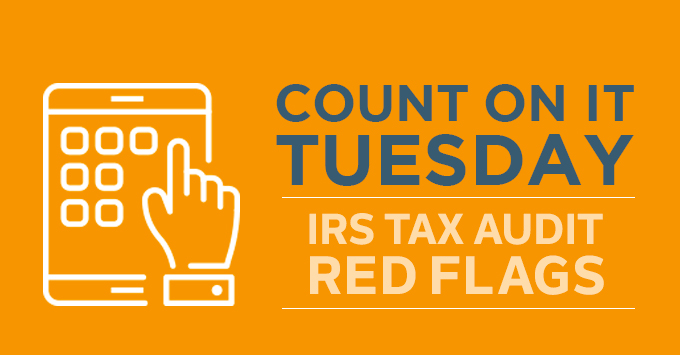
End-of-the-Year Checklist for Small Businesses
The end of the year is a busy time for a whole host of reasons. Holidays, travel plans and family visits keep us all running ragged from November through January 1. But as a small business owner, there’s even more you have to handle at the end of the year.
Right now is the time of year when your business really needs your attention, especially in regard to accounting and end-of-year administrative tasks. Doing so not only helps you close out the current year on a high note, but it also sets you up for starting off the next year on the right foot.
Here’s what you need to do for your small business before the end of the year.
Accounting is where you spend the bulk of your time at year’s end to get your business in order. Managing your financial records is critical throughout the year, but even more so in December. By maintaining excellent records and keeping them in order, you’ll help yourself and your accountant (if you have one) when tax time rolls around.
1. Run a Few Standard Reports
Take this the time of year to assess where you stand financially and how that compares to previous years. Using your accounting software or looking through spreadsheets or other records you keep, you want to generate a complete financial report, which typically consists of a profit and loss statement, a balance sheet and your cash flow statement.
Your profit and loss report is key. This is the best way to tell where your business stands financially and what your outlook is like for next year. You also want to look at your profits for the year. Is it larger than expected? If so, it might be a good time to make some larger purchases for which you can record future depreciation.
Talk with your accountant first to make sure you have the cash on hand to make the purchase, and make sure you fully understand depreciation rules.
2. Analyze Your Cash Flow Statements
Cash flow is the best way to tell how your money was spent throughout the year. You’ll want to take a look at three specific aspects of your business’ cash flow:
- Cash flow from operating activities (i.e. revenue and expenses)
- Cash flow from investing activities (i.e. assets purchased and assets sold)
- Cash flow from financial activities (i.e. loans and repayments)
3. Verify Your Vendor Information
Take a look at all of your vendors in your system, and verify that the contact information, including phone number, email address and contact name are still correct. Also, purge the system of any inactive vendors or inaccurate information. Or if time permits, evaluate whether or not they’re worth reconnecting with, and act accordingly.
4. Reconcile Accounts Receivable
You should have a running list of what invoices are still unpaid or which clients still owe you money for work already completed. If possible, chase these outstanding bills and try to collect before the end of the year. This will help with cash flow and give you a clean start for the new year.
5. Double-Check Your Payroll and Benefits
It’s better to stay on top of any issues or corrections that need to be made to your payroll before year’s end. Ensure that taxable fringe benefits, such as third-party sick pay or a company car are accounted for. Other benefits that are easy to forget include educational reimbursement, health and life insurance, and transportation subsidies.
Closing out the end of the year is a daunting task, but it is manageable if you keep and follow a checklist. If you have an accountant that you work with, make an appointment with him or her as early as possible. And as always, the more you can plan for these tasks throughout the year, the easier your end of year will be.



